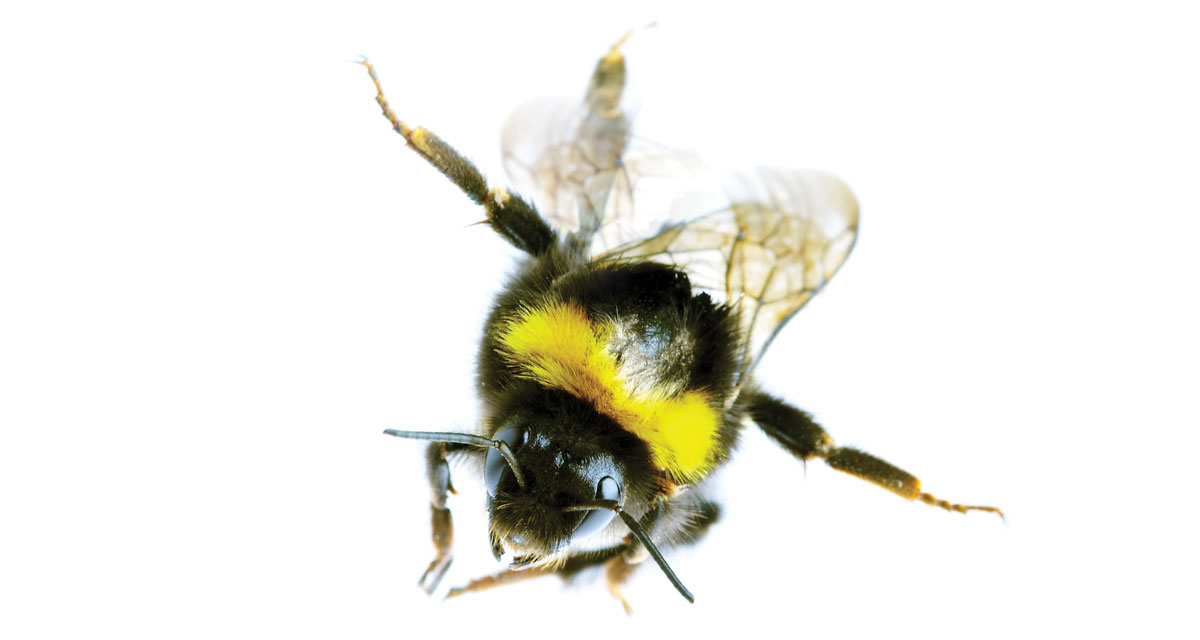With the arrival of sweet smells filtering through the air from trees, bushes, flowers, and plants, winged insects answer the call. Entomologists claim newer pesticides are less dangerous to people and to the very insects they target, namely yellow jackets and wasps. The result is the frequent appearance of dangerous insects, extending to pests such as ticks, deerflies, and mosquitoes. The resurgence of destructive insects has many individuals luring yellow jackets, wasps, and carpenter bees into self-made traps! And, the best part, the materials and bait are not expensive!
Yellow Jackets
It’s important to understand the nesting habits of dangerous insects. Too often, people will happen upon a nest and become instantly involved in a swarm. Yellow jackets, a type of hornet, prefer dead tree trunks or using mouse tunnels to nest underground. They also tunnel behind window trim or under siding, in gaps in your eaves or under decks. In a short period, a colony can reach tens of thousands and cause structural damage to your house.
Never tackle a nest on your own. Yellow jackets can sting multiple times without dying; however, you can lure them to an inescapable trap set well away from the house and foot traffic. Most insects return to their nest after foraging at dusk, which is a safe time to establish and examine your trap.
Instructions for a Homemade Trap: Use a container that holds water, which can be a bucket or a plastic container. With a board, use either nails or screws to attach a fresh piece of meat, such as chicken; then, flip the board over. Fill the container with water an inch above the meat. Add a few squirts of dish soap. No need to cover further. The yellow jackets not able to reach the meat will collect in the water and die. You can catch hundreds within a few hours.
Wasps
Wasps have environmental benefits. In addition to fertilizing the garden, they control the parasite population. But it is wise to maintain a safe distance from them. Even a nest constructed high above the ground may be difficult to see.
Consider placing your trap where you think wasps gather.
Instructions for a Homemade Trap: The best container is a two-liter plastic bottle. With a marker, draw a line around the neck of the bottle just below the taper. A rubber band works perfectly as a guide. Use a knife to cut, separating the top from the bottom. Consider the time of year when adding a source of food to your trap. In the spring and summer, wasps seek sources of protein, such as meat; however, by the end of summer through early fall, use sugar water with a spoon full of jam and a tad bit of vinegar. To complete the trap, invert the lid with the opening pointing downward into the bottle. Tape the two pieces together. Consider using a hole punch near the top for adding wire or string to serve as a handle for hanging.
Check the trap to empty, clean, and rebait.
Carpenter Bees
Any unpainted wooden structure will attract the carpenter bee. Large holes approximately a half inch in diameter grow larger as female carpenter bees extend the tunnel year after year, weakening the wood. At the end of the tunnel, nests hold developing larvae. The only type of trap is one made from wood.
Trap Instructions: First you will need a block of wood four inches by four inches. Drill a hole four inches deep in the bottom center; then, on all four sides, mark two inches from the bottom at the center. Drill at a 45-degree angle on all four sides, which will intersect with the first hole. Drill another 7/8-inch hole in the lid of the Mason jar. Align the lid with the hole at the bottom and attach using small screws. After screwing in the Mason jar, all that remains is a hook. The trap can be placed on a tree, on a railing or underneath a deck. Make several. It is recommended to check your trap and empty. It will fill up fast!
The DIY instructions included in this article work for our family; however, you can access online videos to learn other ways to bait, contain, and trap pesky insects! Good luck!




















